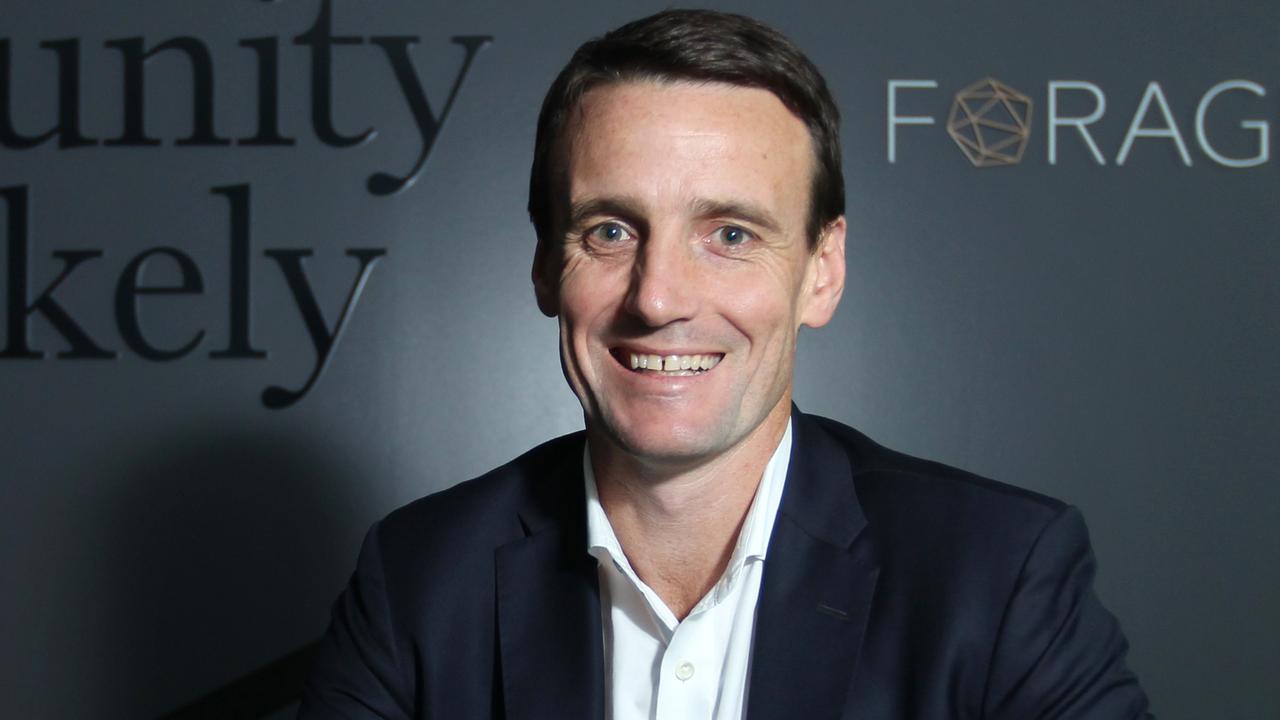Dixon Advisory claims to drain 80pc of new last resort compensation fund
Australia’s $270m compensation scheme of last resort is poised to pay about 80 per cent of its initial funds to clients affected by the 2022 collapse of wealth management firm Dixon Advisory.

Australia’s $270m compensation scheme of last resort is poised to pay about 80 per cent of its initial funds to clients affected by the 2022 collapse of wealth management firm Dixon Advisory.
From Tuesday, thousands of victims of shoddy advice and financial misconduct who have been unable to access redress through other avenues because the firms involved have become insolvent will be able to get up to $150,000 in compensation.
“There’s a lot of effort that’s gone into reaching this point. We’re excited to be opening our doors,” said David Berry, the inaugural chief executive of the Compensation Scheme of Last Resort.
“There are about 2000 people who have been waiting a long time to receive some form of compensation and we’re looking forward to being able to assist them.”
Recommended by the 2017 Ramsay Review and the banking royal commission, the CSLR fills a gap in consumer protections by helping those unable to get compensation from insolvent firms. It will consider claims from individuals who have received a determination of compensation from the Australian Financial Complaints Authority but have been unable to collect payment due to the insolvency of the responsible party.
The CSLR was introduced in June last year, capped at $250m per year, and is mainly funded through levies on the financial services sectors it covers.
A total of $270m was budgeted for cases lodged with AFCA from November 2018 until the end of the 2025 financial year, according to an estimate conducted by consulting firm Finity.
About 79 per cent of the budgeted disbursements relate to expected claims and AFCA fees stemming from financial harm caused by the collapse of Dixon Advisory, the Finity report shows.
There was a risk insufficient funds could be available if another big Dixon-like case were to occur, or if multiple claims emerged in quick succession, as the scheme relied on industry levies, Mr Berry said. He added the current budget was based on the knowledge of expected claims.
All Dixon claims need to be lodged by the end of the month, when the firm is due to cease being a member of AFCA.
Financial advisers facing a burden of approximately $1200 each in levies to help fund the scheme for the 2025 financial year have voiced discontent with the retrospective application of the scheme.
“At a time when there is a shrinking adviser pool coupled with the higher ASIC supervisory levy and other rising operating costs, advisers will have no choice but to pass this extra cost on to their clients,” the Institute of Financial Professionals Australia said in a statement.
The scheme covers matters related to investment advice, trading stocks or bonds, borrowing money from a company or getting help to borrow money, including through a mortgage broker.
It excludes managed investment schemes, foreign exchange or derivative trading, insurance brokers, superannuation, scams and insurance products.
Credit providers like banks, and intermediaries such as mortgage brokers as well as financial advisers and securities dealers, will have to pay a CSLR levy.
The majority of that ($241m), covering compensation payments and AFCA fees has been charged to the big four banks and the largest wealth managers.
About $4.8m from the government will help pay for CSLR establishment and operating costs and fees, and a further $18m will be paid for by the financial advice sector. The balance will be funded through a levy to firms in the other three sectors it covers, including credit provision and intermediation, and securities dealing.




To join the conversation, please log in. Don't have an account? Register
Join the conversation, you are commenting as Logout